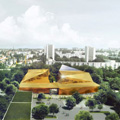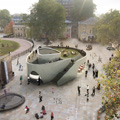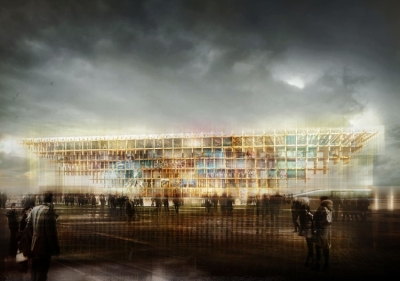
Project: Helsinki Central Library
Designed by MDU Architetti
Collaborators: Eugeni Salvetti, Dante Vinciguerra, Giulio Caprara
Civil Enegeer: Studio Mangoni
Mechanical Engeneer: T15 Progetti
Client: Serlachius Museum
Location: Helsinki, Finland
Website: www.mduarchitetti.it
An impressive proposal for the design of Helsinki Central Library prepared by MDU Architetti. Discover more of the project after the jump:

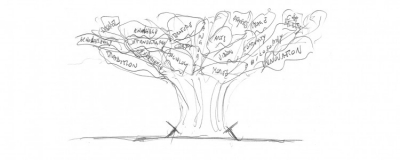
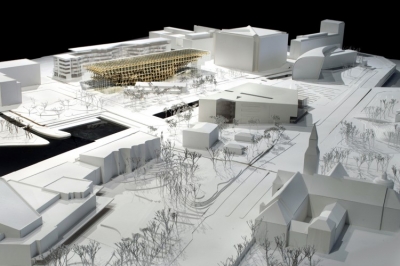
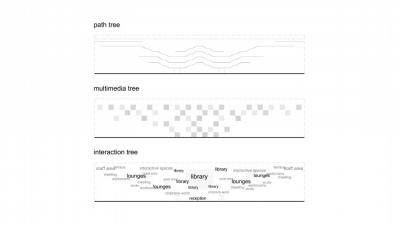
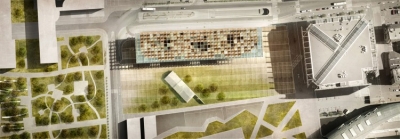
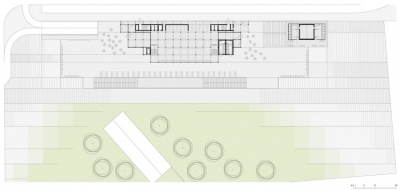
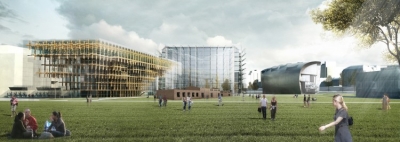

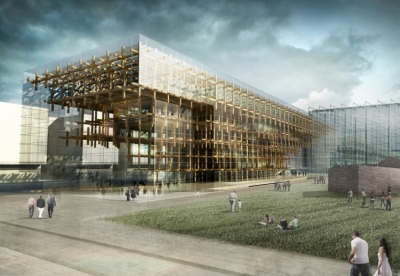
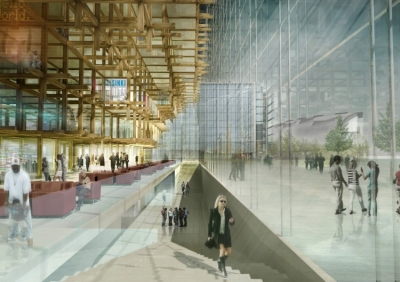

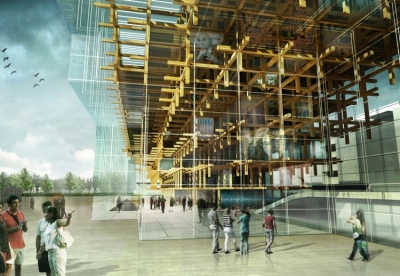
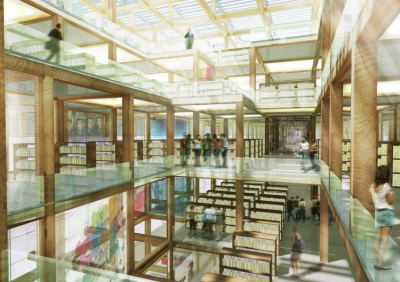
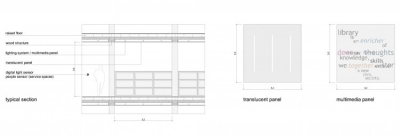

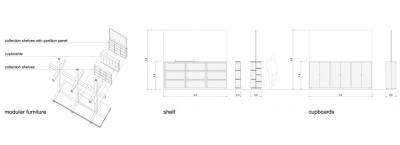
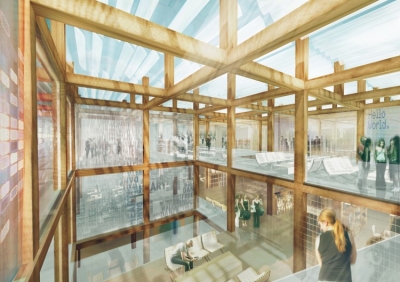
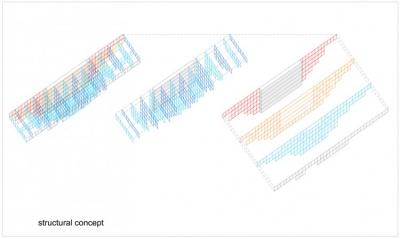
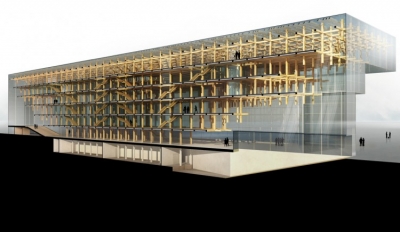
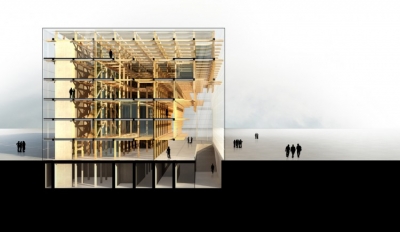
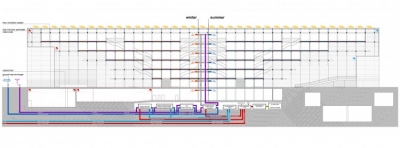
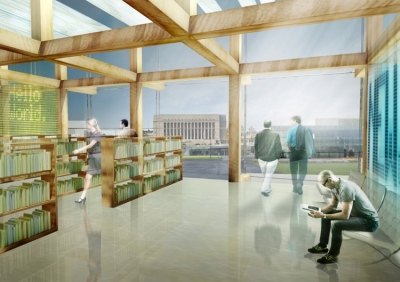
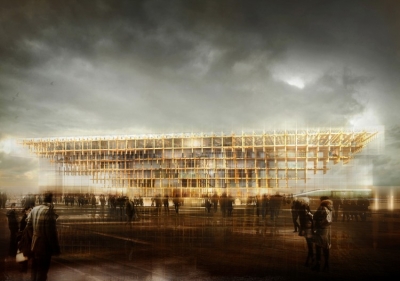
From the Architects:
The project aims to develop through architectural and urban design, a new interpretive framework for facilitating the interplays among community, culture, nature, sustainability in the heart of Helsinki. The framework is carried out following a simple but effective principle: each of the elements described above, must be opened to the interaction among people in order to enhance the establishment and preservation of a social space based on human and cultural sharing experiences.
From this point of view, the project tries to close the gap between nature and culture, reinterpreting and transforming the classical image of a natural tree into an iconic device that represents a well distinguishable space where people can interact, use and produce culture. The Helsinki’s Central Library assumes the form of a tree, born in a strategic urban space, which metaphorically grows and develops, fed by all cultural and social experiences proper of human being. Just as a natural tree is in continuous need of water, the hTree – where h stands for human – needs culture, community life and social sharing as lifeblood. Taking advantage of the valuable location, the proposal aims to create a point of reference for the Helsinki citizens and visitors through the realisation of a stimulating and vivid architecture.
The key elements of the hTree project are:
_ The conception of a highly transparent, open and easily accessible space, where people
can interact directly making use of the available resources of the library; the use of totally transparent low reflecting glass, guarantees an inside-out perspective while allowing best use of the available sunlight;
_ The adoption of a new concept of library in order to create an inviting, user friendly, cosy and pleasant space, capable of attracting all possible social groups and individuals by embracing multi-perspectivity and diversity;
_ The creation of a landmark for Helsinki which integrates harmoniously into the cityscape and creates the conditions for an efficient functioning of the interlaced urban flows. The ground floor, conceived as an urban square upon which the h-tree creates a covered space where people can meet each other, socialize and share their interests;
_ The construction of an iconic symbol that can be well recognisable, drawing attention to a sustainable approach to architecture, urban planning, culture. The preference of
prefabricated, modular and lightweight materials such as glass and wood, on one hand
facilitates the construction procedure by reducing costs and time and on the other hand it
maximises space flexibility and user interaction with several interior layouts;
_ The extensive use of technological innovation, such as digital screens, computers, digital devices and so on, that can make easier for users to find resources, orientate in the space, ask for information and connect to web; especially the integration of a large number of digital panels directly in the internal and external glass walls, will turn the library into a vibrant and constantly transforming building;
_ The conception of a design inspired by a rigorous evaluation of building energy features that take into consideration the particularities of Finnish climatic conditions.
The form of the upper external building envelope follows on three sides the boundaries of city block 2014. In the south side, the building draws away from the southern competition boundary, allowing a wider urban vista from the train station to the Parliament House and facilitating the construction of the city tunnel. Moreover, with its absolute transparency it allows a continuous eye contact and fusion between interior library space and exterior urban space, as one would contemplate the city through the tree branches and vice versa. Following the tree form and aiming to obtain wider urban
vistas the NW and SW angles of the structure withdraw on the lower levels creating in this way the two main covered entrances.
The building presents a double envelope creating in such way a more interior space proper of the library and a second covered but semi open environment conceived as urban square which develops as an alternative, parallel route to the 'promenade' and as the extension of the Makasiinipuisto park in summertime.
A wide cut in the 'square' puts into visual and functional communication the first underground level which hosts the main event spaces (cinema, the multi-purpose hall and living lab) and the services related to the library logistics and library material handling facilities. A wide lobby where the events entrances are located, offers the possibility for an efficient future connection to the multi-purpose facilities located under Makasiinipuisto park.
The building develops according to the tree structure. In the central core, acting as the tree trunk, the library collections are located in a flexible and open space layout that makes use of contemporary technological devices. From the central core, the circulation and distribution areas develop as branches leading to the library functions and interaction spaces.
Transparency and multimedia devices dominate the space. Interaction and shared experiences are allowed through the extensive use of glass, which defines most space limits, while large openings within the floor slabs allow full-height view and help users to orientate in the library space.
However, a multiplicity of modular and diverse spaces that meet the room programme
requirements is offered based on the concept of different wall layers.
In this way, a functional and versatile space is created where traditional and digital culture meet in order to enhance personal cultivation, culture and entertainment for the welfare and competitiveness of citizens in the heart of Helsinki.


